
Japanese Bobtail
Japanese Bobtail
Japanese Bobtail
Do you know the cat that is said to be the model of the “beckoning cat”? Actually, the Japanese bobtail that I introduce on this page is said to be the model! Recently, Western cats tend to attract popularity, but why don’t we explore the birth secret story of the precious cat born in Japan?
Japanese Bobtail Basic Infomation
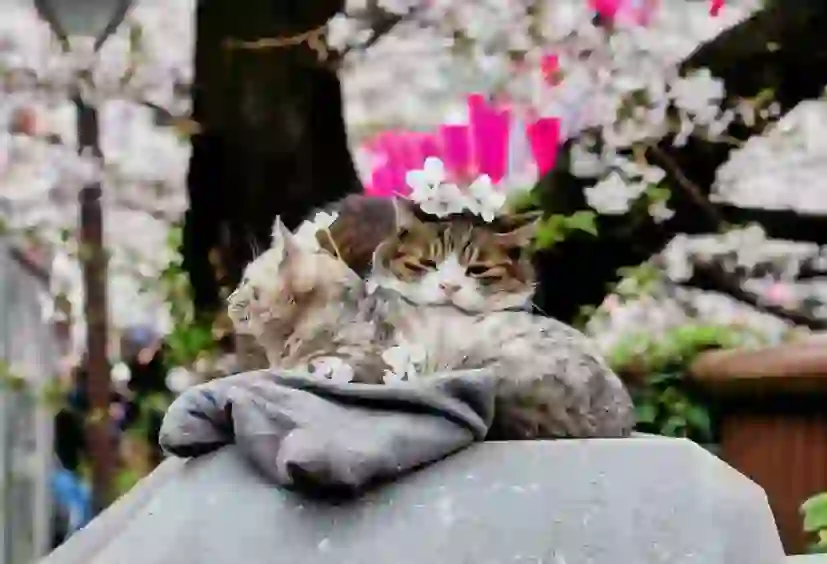
Country of origin Japan, USA.
Length 45cm.
Weight 3-4.5kg.
The history of the Japanese bobtail is very old, and it is said that the cat that originally came from China settled in Japan and started breeding. Since then, it has become one of the breeds that are still bred in Japan after more than 1000 years.
However, the fact is that it was only about half a century ago that it was officially registered as a breed overseas, and until then, the Japanese bobtail breed had not been established.
It is believed that the Japanese bobtail was already bred from the Heian period. As evidence, cats appear in the records of the lives of the nobles and in the paintings they drew.
At that time, cats were still valuable animals, so they were not allowed to play outside, and only people of limited status could breed them. Unlike today, some households tied a string to their cats to keep them from going too far.
The cat was originally welcomed as a rat catcher, but at that time it was very rare and very luxurious to keep it in such a way.
On the other hand, until the early Edo period, the common people who had difficulty obtaining real cats pasted pictures of cats to ward off rats, or decorated dolls with cat motifs to benefit from their blessings.
Later, this became the trigger for the birth of the beckoning cat, and it is said that works as lucky charms began to increase.
However, as agriculture developed from the Heian period to the Edo period, crop damage by rats also increased. And to solve this problem, in 1598 (Edo period), a notice called “Cat Free-Range Breeding Order” was issued.
Thus, cats were not only able to catch rats, but also to go out freely. As a result, cats reproduced more and more, and eventually more people started keeping cats among the common people.
By the way, it is said that the word “stray cat” was also born around this time.
The definition of the Japanese bobtail is that it has a short tail, but the reason why cats with short tails continued to increase in Japan in the first place is that there are various theories, and there was a legend in the Edo period that “cats with long tails live long and someday their tails will split into two and transform into a monster called nekomata!”
From this, cats with short tails became more popular than those with long tails, and as a result, cats with short tails increased more and more.
And as the times changed and entered the 1960s, an American woman named Judy Crawford liked the cat with a short tail in Japan very much at the moment she saw it, and in 1968 she paired a male and a female and took them back to her hometown, America. It seems that more than 100 cats in total crossed to America.
Then, cats with short tails were very rare in America, so they became very popular cats in no time, and in 1976 they were officially registered as a breed by the “CFA”.
By the way, although it was not registered as a breed in Japan, it seems that conservation activities were carried out under the leadership of an animal scientist named Yonekichi Hiraiwa to prevent this distinctive Japanese cat from disappearing.
Japanese Bobtail Q&A

Where does the Japanese Bobtail get its name?
Japanese means “of Japan”, and bobtail also means “docked tail of an animal” in English. It is said that they were named by combining these two.
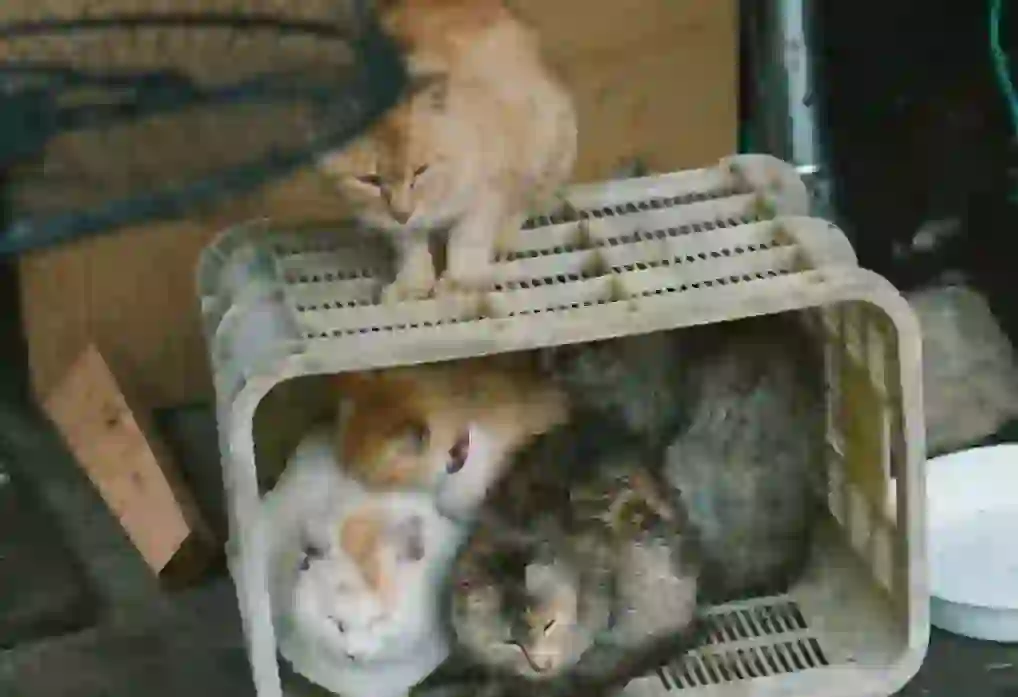
What are the color variations of the Japanese Bobtail?
There are black, white, red, blue, cream, chocolate, and cinnamon.
・Solid color. The whole body is monochrome, such as the face, body, legs, and tail.
・Tabby. There are striped or spotted patterns all over.
・Smoke & Shaded. The tip of the overcoat is colored 1/2, and the remaining 1/2 is white.
・Parti-color. Two colors of fur are randomly mixed.
・Calico & Bi-color. Half or one-third of the body is white, and the rest is composed of two or more colors of fur.
・Tabby & White. Half or one-third of the body is white, and the rest is composed of striped or spotted patterns.
There are blue, sapphire blue, yellow, aqua, orange, gold, green, copper, hazel, and odd eyes.
Japanese bobtails have both shorthair and longhair varieties.
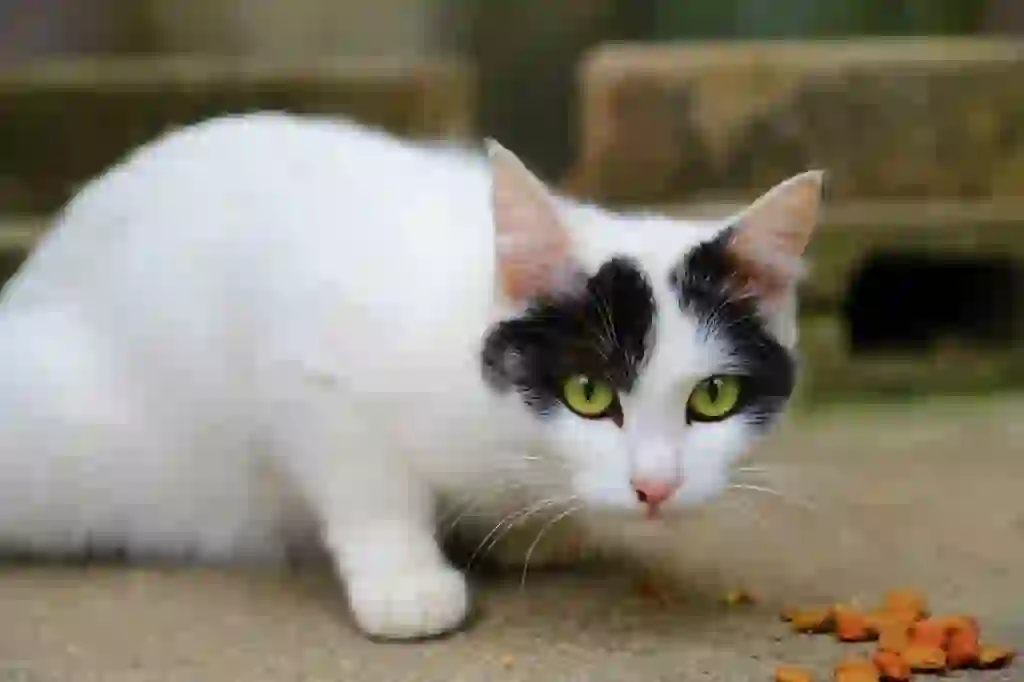
What does a Japanese Bobtail look like?
The shape of the head is slightly inverted triangle, but it also has a gentle roundness, and the body type is called foreign. It has large egg-shaped and slightly upturned eyes, and large ears that are set apart.
The legs are slender, but the hind legs are slightly longer than the front legs. It is a medium-sized body type that is not too big or too small, but it has moderate muscles, so it is tight overall.
The texture of the fur is soft and smooth, and it is said to be like silk. And the tail, which can be said to be the most characteristic feature, is very short because it is curled up.
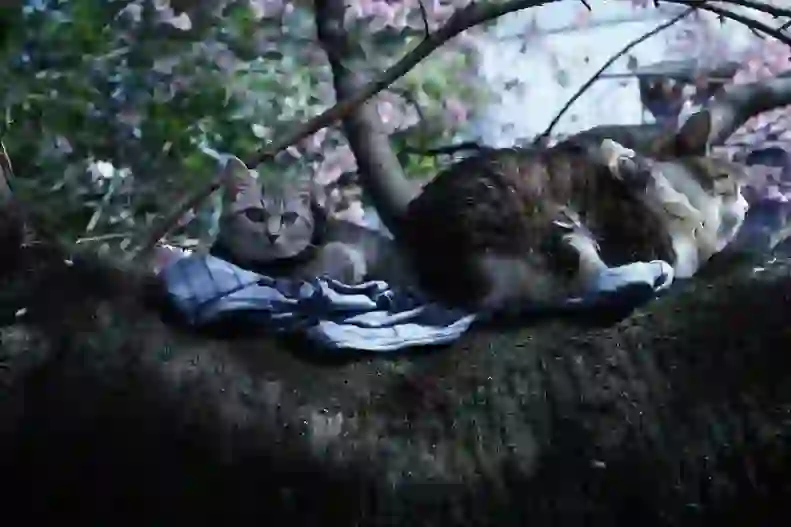
Why do Japanese Bobtails have short tails?
In the basic information, we introduced the reason why the number of cats with short tails continued to increase, but why are the tails of Japanese bobtails short in the first place?
In fact, in Japan, short tails are called “hooked tails”, and one of the conditions for a cat to be born with a hooked tail is that a gene called “HES7” is involved.
It is thought that cats with this HES7 gene are more likely to have a hooked tail or already have one than cats without it.
And as we mentioned in the basic information, the ancestors of Japanese bobtails are said to be cats that came from China.
These cats often had the HES7 gene, so as a result of living and breeding in Japan, more and more cats with hooked tails were born in Japan, and Japanese bobtails were defined as cats with short tails.
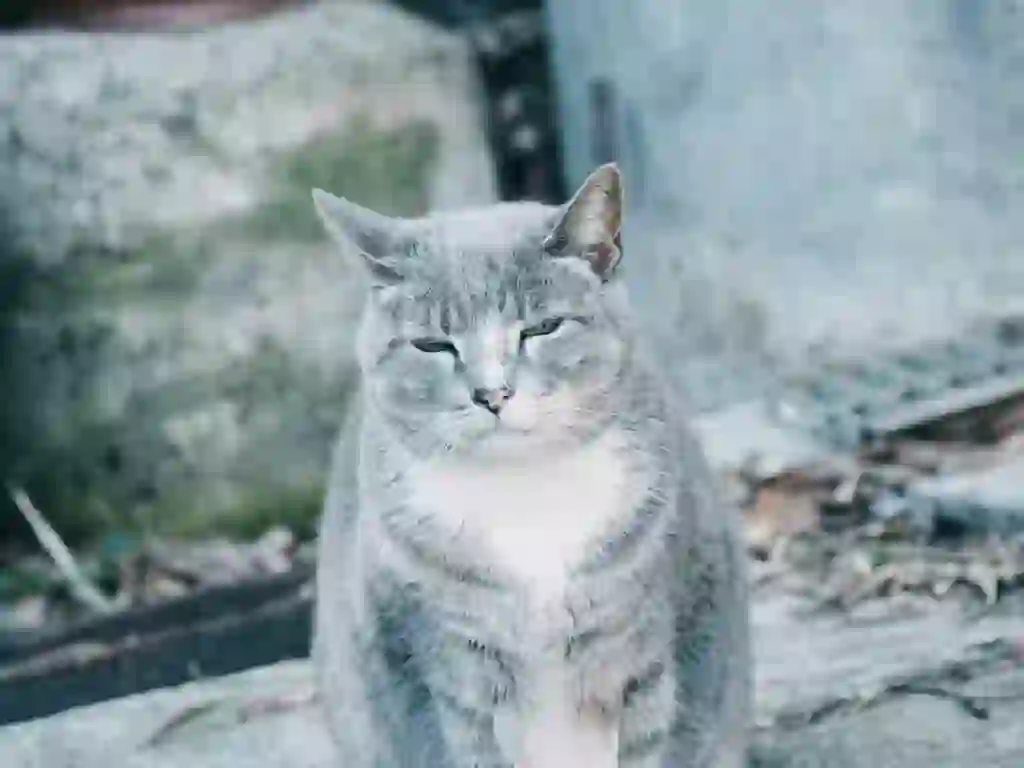
How much does it cost to buy a Japanese bobtail?
When keeping animals, you may need to follow the laws set by each country. This time, we will talk about keeping a Japanese bobtail at home in Japan. If you buy from a breeder or a cattery, it will cost you 100,000 to 150,000 yen. However, as of 2021, there are unfortunately no breeders in Japan who are breeding Japanese bobtails.
It is probably thought that there is no need to deliberately breed them by human hands, because cats with short tails can be seen everywhere in Japan.
If you really want a purebred Japanese bobtail, the shortcut seems to be to find a breeder in the United States and import it.
It may be difficult to go abroad, but we recommend that you visit at least once if possible to check the environment they grew up in and what kind of cats their parents are.
It is almost impossible to get a Japanese bobtail at a pet shop.
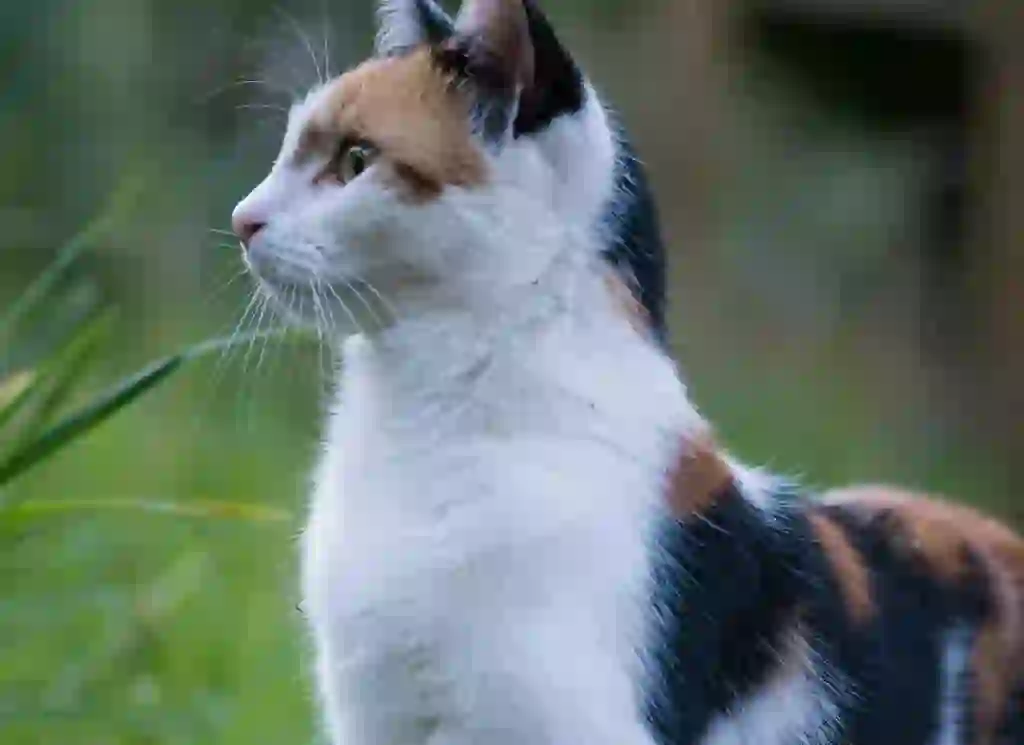
I want to know more about the personality and characteristics of the Japanese Bobtail!
Japanese bobtails are gentle, friendly, adventurous and curious. They love to play and are active cats.
They have a slightly loud voice, so they want to communicate actively with their owners, but they don’t always want to be together, and sometimes they want to spend time at a moderate distance, so they are also independent and reliable cats. Therefore, you don’t have to worry about leaving them alone at home.
They are also smart and easy to train, making them a perfect breed for people who have a cat for the first time. They also adapt easily to the environment, so they can live with other animals, with small children or elderly people, and they don’t mind having multiple cats.
Japanese bobtails, which have been loved by various people for a long time, are cats with excellent overall balance. ※When keeping animals, you may need to follow the laws set by each country.
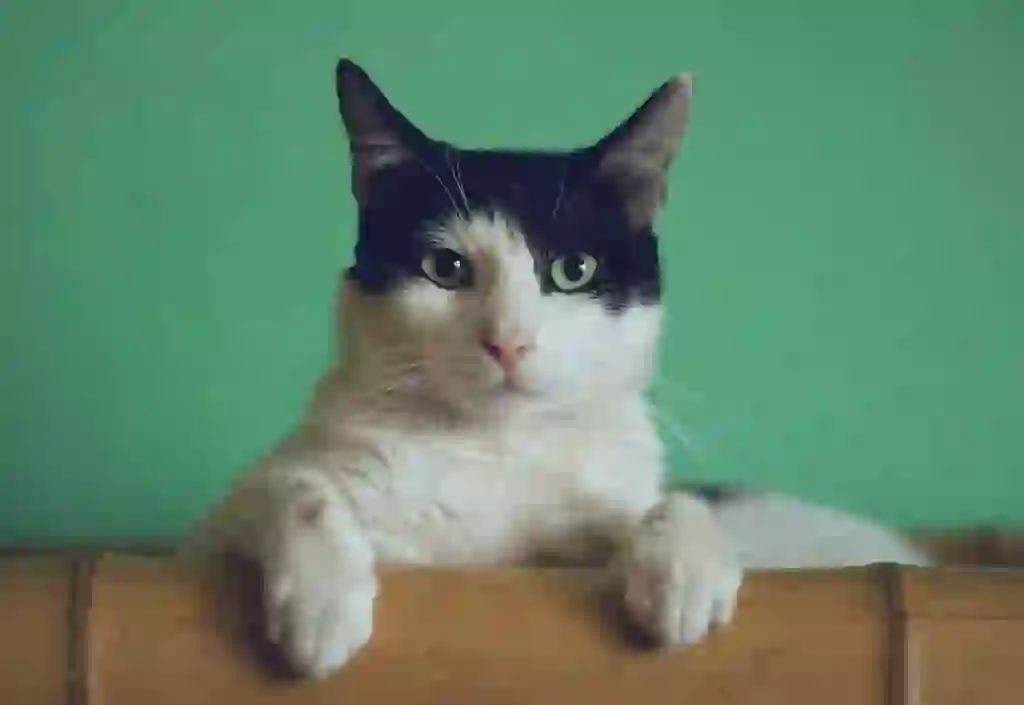
What are the diseases that Japanese Bobtails are susceptible to?
Japanese bobtails are said to be less prone to genetic diseases because they have various genes in their bodies.
However, cats are said to be susceptible to lower urinary tract diseases and chronic kidney disease due to their constitution.
This is a general term for diseases that all cats are prone to, not just Japanese bobtails.
Specific diseases include urinary stones and cystitis.
Cats do not have a habit of drinking a lot of water, which is a remnant of their past. Therefore, they tend to put a strain on their kidneys and often develop urinary tract diseases.
The fact that the kidneys are easily strained means that there is a possibility of developing chronic kidney disease. This is a disease in which the kidneys become inflamed due to aging or some other cause, and eventually stop functioning.
To prevent chronic kidney disease, it is desirable to have regular health checkups.
At present, there is no breakthrough treatment, so it is difficult to cure completely, but if you find it early, you can slow down the progression by symptomatic treatment.
Also, as a daily measure, you can use a circulating type of water dispenser, give wet type food that contains a lot of water, and do not give too much snacks. These daily habits may prevent the disease in some cases. Please try to keep them in mind.
※Genetic diseases are diseases that occur due to mutations in chromosomes or genes.

What is the lifespan of a Japanese bobtail?
The lifespan of Japanese bobtails is said to be 12 to 15 years. The average lifespan of cats is 12 to 16 years, so there is not much difference compared to the average lifespan.

Would you like to become a part of the 'Animalbook.jp'?
Turn your knowledge into Q&A and share it with the world. ※Publication will be activated after purchase. Let's share information together!
Japanese Bobtail Type of List
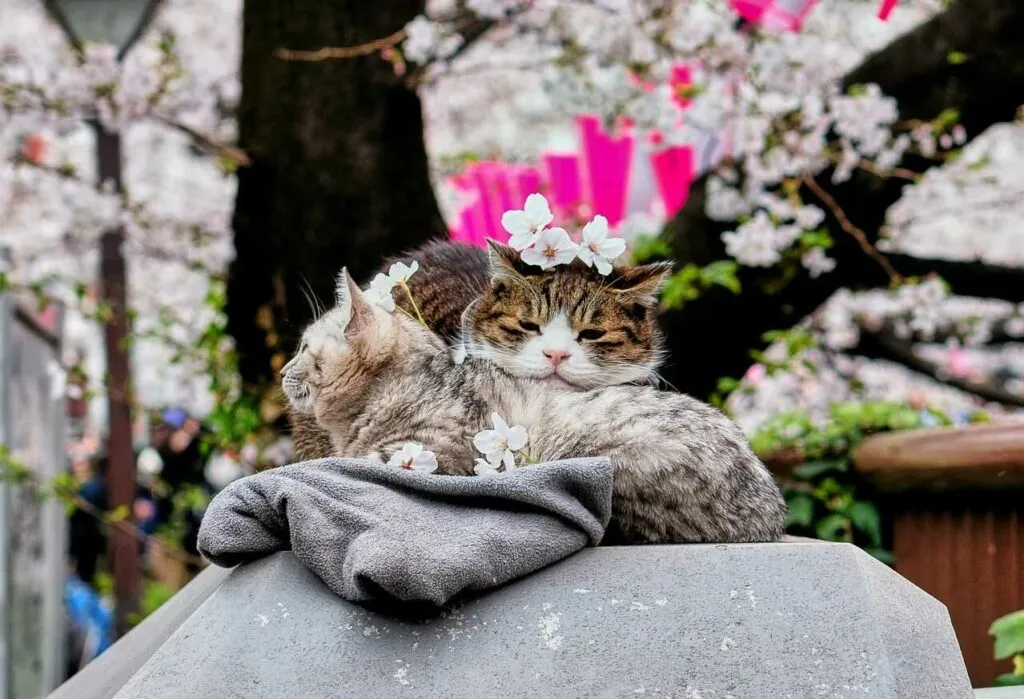
- Japanese Bobtail
Information
Congratulations! You are the first commenter!

Create Your Favorite List!
Japanese Bobtail
Save the animals you love! Build your own list to quickly revisit your favorites later.

Would you like to leave a comment?
※Please note: This is for the purchase of rights to post comments within the article.
Find Your Favorites!
Our shop offers a unique and attractive selection of goods themed around various animals.
Japanese Bobtail References

- まるごとわかる猫種大図鑑 監修:CFA公認審査員 早田由貴子
- 世界中で愛される美しすぎる猫図鑑 監修 今泉忠明
- The Cat Fancier's Association, Inc. https://cfa.org/japanese-bobtail/
- 猫との暮らし大百科 https://www.anicom-sompo.co.jp/nekonoshiori/
- みんなの猫図鑑 https://www.min-nekozukan.com/
- Pet Smile news for ネコちゃん http://psnews.jp/cat/
- 子猫のへや https://www.konekono-heya.com/sitemap.html
- ねこのきもち https://cat.benesse.ne.jp/catlist/long-short/content/?id=13331
- 座市-ザイチ https://www.wargo.jp/column/cat_history/
- ねこちゃんホンポ https://nekochan.jp/
- 公益社団法人 埼玉県獣医師会 https://www.saitama-vma.org/topics/猫の遺伝性疾患について/
Japanese Bobtail Introduction of media used

出典:https://unsplash.com/photos/I4vyOshsVCA

出典:https://unsplash.com/photos/omUPvD4tW4Y

出典:https://unsplash.com/photos/RSuR3sNUCJ4

出典:https://pixabay.com/images/id-4053586/

出典:https://unsplash.com/photos/6hmgt6giiXA

出典:https://unsplash.com/photos/xadzcCQZ_Xc

出典:https://unsplash.com/photos/gKXKBY-C-Dk

出典:https://unsplash.com/photos/FUUtDIEBOTQ
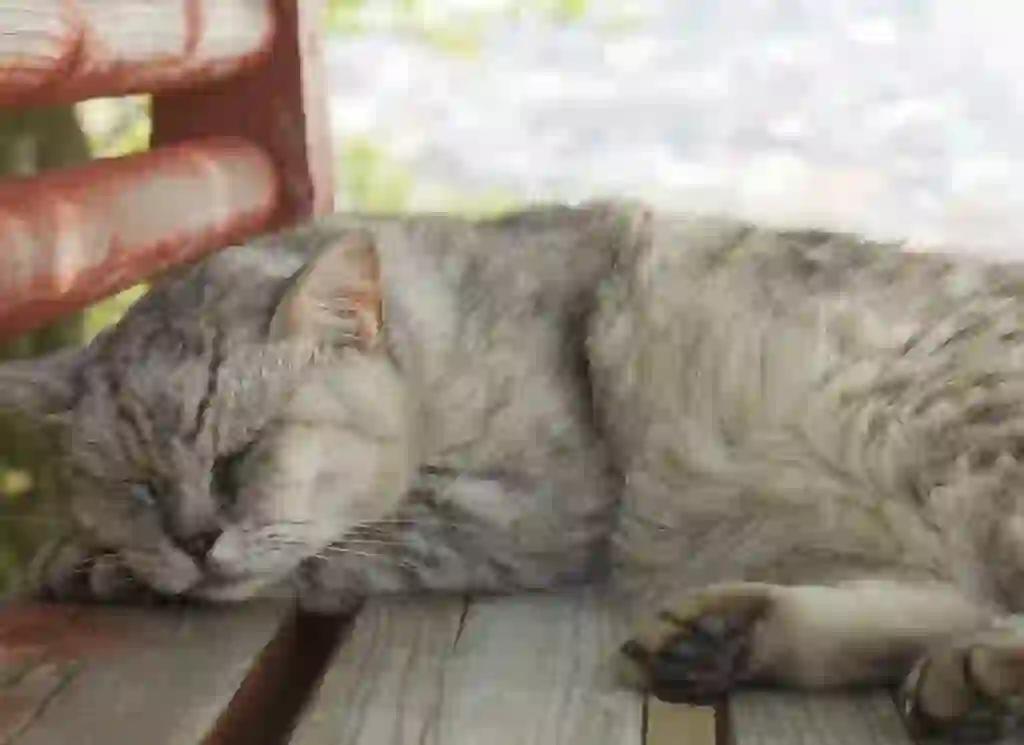
出典:https://unsplash.com/photos/c-5lOpWLz3E

Help Enrich Our Animalbook.jp with Your Media!
We are constantly looking to expand and enrich our Animalbook.jp with amazing photos and videos of animals. If you have any media that you'd like to share, please contribute and help us showcase the beauty and diversity of the animal kingdom. Your submissions will be credited and featured in our encyclopedia, reaching a wide audience of animal lovers.


















